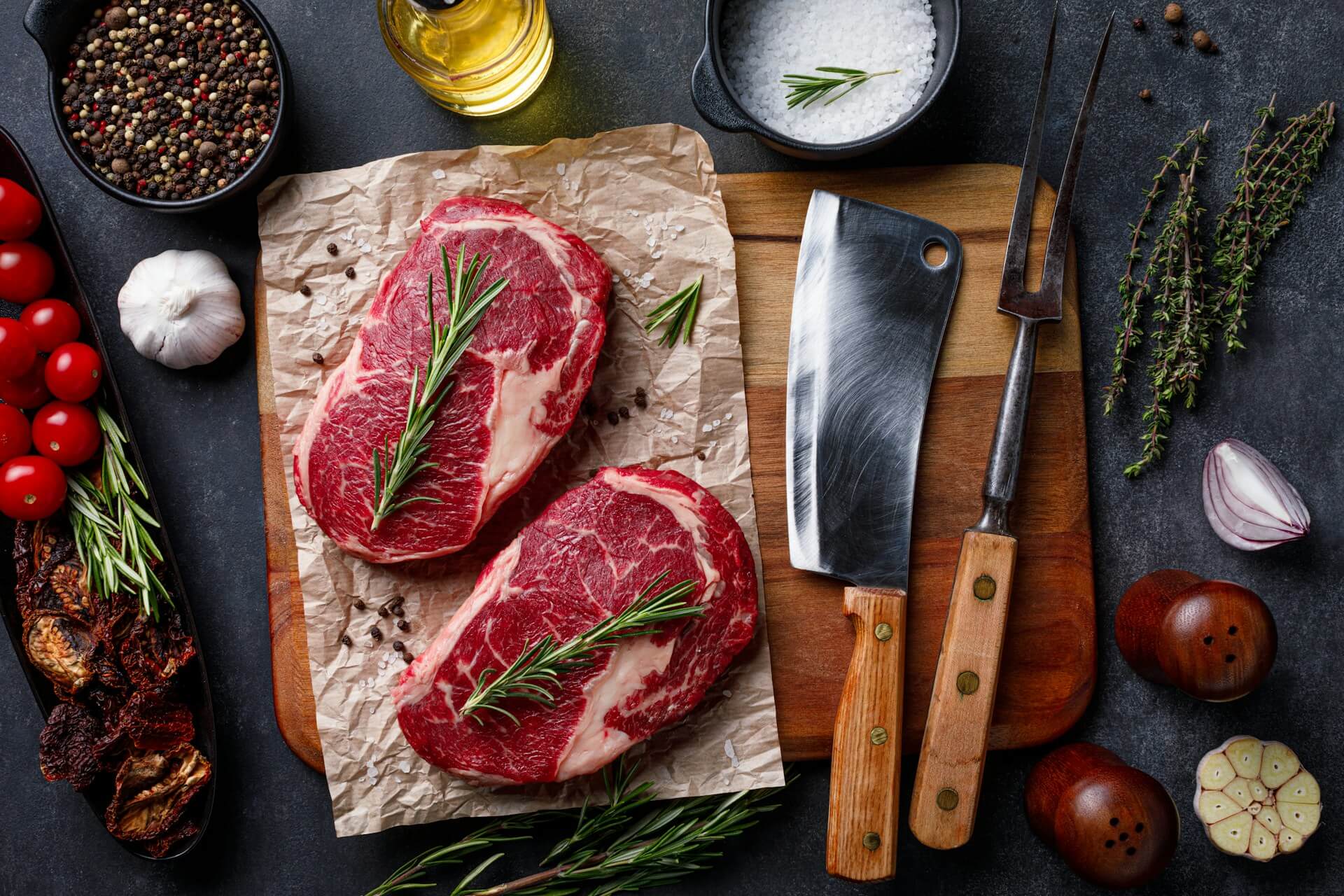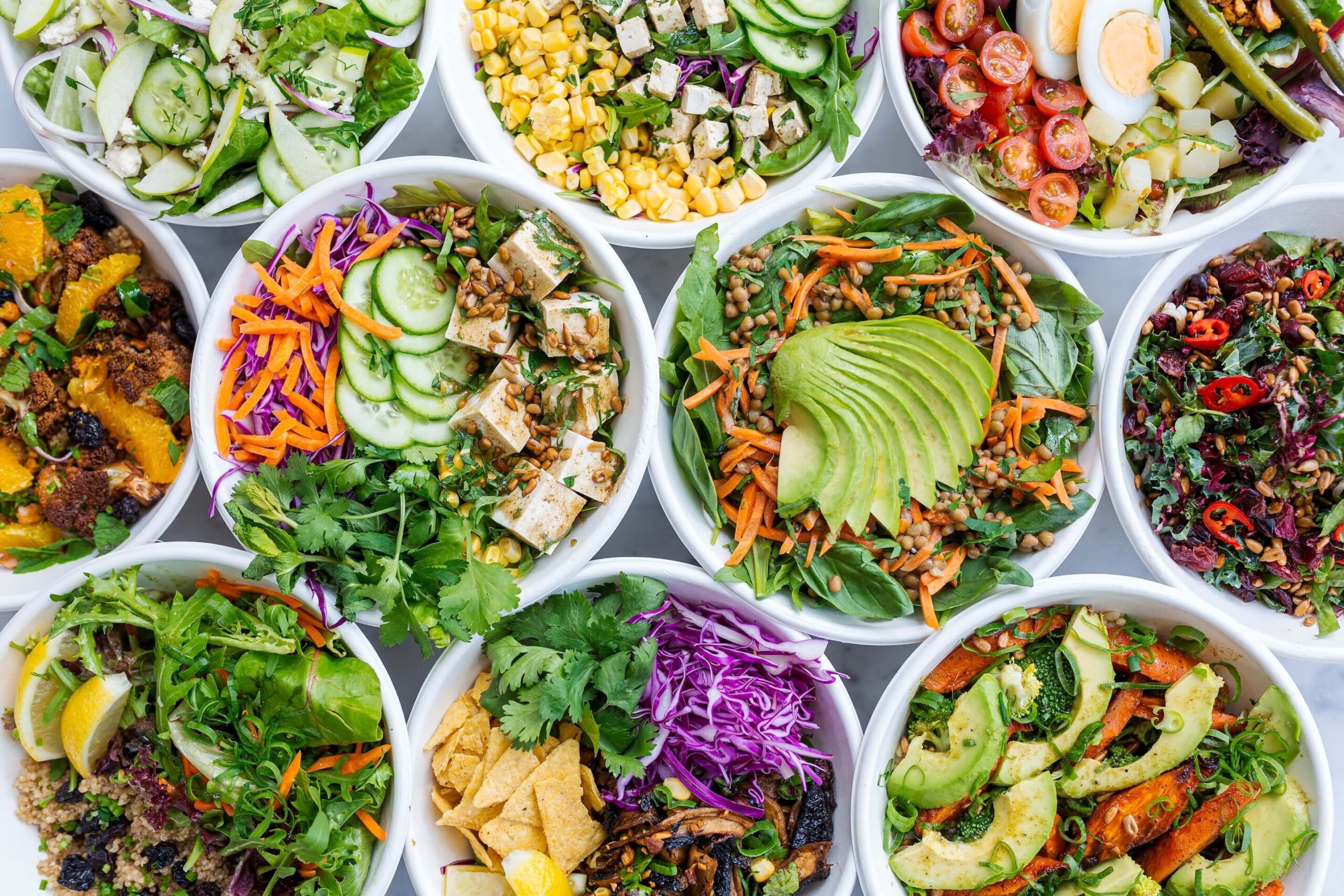Prosciutto sits at the crossroads of indulgence and nutrition. This paper-thin Italian delicacy brings centuries of tradition to modern plates, but questions about its health impact persist especially when it comes to cancer.
The reality is simple: prosciutto is a processed meat, and processed meats increase cancer risk. Both the American Institute for Cancer Research (AICR) and the World Cancer Research Fund (WCRF) confirm that even small daily amounts raise the risk of colorectal and other digestive cancers.
Still, prosciutto is a complex food. It offers protein, B vitamins, and unique digestibility advantages compared to other processed meats.
This guide breaks down what prosciutto is, how it’s made, its nutritional profile, and what the science says about health benefits and cancer risks plus smart ways to approach it if you choose to enjoy it.
What Is Prosciutto?
Prosciutto comes from the hind leg of specially raised pigs, aged for 13 to 36 months using only sea salt. The word prosciutto means “ham” in Italian, but authentic varieties like Prosciutto di Parma represent centuries of craftsmanship.
Traditional producers prohibit nitrites, preservatives, or additives just pork and salt. During aging, enzymes break down proteins and fats, creating the melt-in-your-mouth texture and flavor.
Prosciutto Crudo vs. Prosciutto Cotto
- Prosciutto crudo (“raw” ham): Dry-cured for over a year, denser in protein, concentrated flavor.
- Prosciutto cotto (“cooked” ham): Lightly cured then steamed, higher in moisture, milder taste.
Most health discussions focus on crudo, the type you’ll find at specialty counters in the U.S.
Nutrition Facts: What’s in Two Slices?
One ounce (about two slices) contains:
- Calories: 75
- Protein: 7 g complete protein (all essential amino acids)
- Fat: 3.5 g total, 1.5 g saturated
- Carbohydrates: 0
- Sodium: ~600 mg (25% of daily recommended max)
Micronutrients include vitamin B12 (10% DV), zinc, iron, and phosphorus — all important for energy, immune function, and blood health.
Protein needs are often higher during cancer treatment and recovery. If you’re unsure how much protein you need, check out my full guide on protein requirements for cancer patients
Health Benefits of Prosciutto
- High-quality protein: Supports muscle maintenance and recovery.
- Rich in B vitamins: Especially B12, thiamine, niacin, and B6.
- Easier to digest: Aging breaks down proteins into smaller peptides, making it gentler on digestion than fresh pork.
- Mediterranean context: When eaten in small amounts with vegetables, fruit, and whole grains, it has traditionally fit into balanced diets.
But this is the critical piece: nutritional benefits do not cancel out cancer risk.
Cancer Risk: What the Research Shows
The World Health Organization, AICR, and WCRF classify all processed meats, including prosciutto, as Group 1 carcinogens. This means the evidence that they cause cancer is as strong as it is for tobacco and alcohol (though the risk magnitude is lower).
- 50 g per day (about 2 slices) increases colorectal cancer risk by 18%.
- Risk is dose-dependent: the more you eat, the higher the lifetime risk.
- AICR and WCRF recommend avoiding processed meat altogether for the best protection.
Take Action: Processed meats like prosciutto raise cancer risk, but prevention doesn’t have to feel overwhelming. Download your free Clean Scan Plan and learn the first steps to reduce your risk through evidence-based food and lifestyle strategies.
For a deeper dive into the science behind these recommendations, read my complete guide on processed meats and cancer: what you need to know.
Is Traditional Prosciutto Safer?
Authentic Prosciutto di Parma or San Daniele contains no nitrites. Commercial brands sometimes add nitrites for preservation, which can form nitrosamines (cancer-causing compounds).
But even without nitrites, prosciutto still counts as processed meat. Salting and curing alone are enough to increase cancer risk.
Comparing Prosciutto to Other Processed Meats
- Bacon: Twice the calories and fat of prosciutto.
- Salami: Higher sodium (950–1000 mg per ounce).
- Ham: Lower sodium, but often contains additives.
Prosciutto may be “cleaner” than other deli meats, but it isn’t risk-free. Learn more about making safer choices with my guide on cold cuts and cancer risk.
Sodium Concerns
At 600 mg sodium per ounce, prosciutto contributes significantly toward the daily maximum (2,300 mg). High sodium intake raises blood pressure, which adds cardiovascular risk on top of the cancer connection.
Tips for managing sodium if you choose prosciutto:
- Use thin slices as a garnish, not the main protein.
- Pair with potassium-rich foods (melon, figs, leafy greens).
- Drink extra water and limit other high-salt foods on the same day.
Practical Tips If You Still Eat Prosciutto
- Treat it as an occasional indulgence, not a daily staple.
- Eating it cold or adding it after cooking frying increases harmful compounds.
- Combine with fiber-rich vegetables, beans, and whole grains.
- Choose traditional nitrite-free versions when possible.
Bottom Line: Prosciutto and Cancer Risk
Prosciutto is delicious, nutrient-dense, and deeply rooted in Mediterranean tradition. But the research is clear: prosciutto is a processed meat, and processed meats increase cancer risk, point blank.
Both AICR and WCRF advise limiting or avoiding processed meats to lower risk of colorectal and other digestive cancers. The safest approach is to build your diet around vegetables, fruits, whole grains, and legumes — foods proven to protect against cancer.
Next Step: If you want a clear place to begin, download your free Clean Scan Plan. It’s a practical guide to help you take the first steps toward reducing your cancer risk today.
If you’re navigating cancer treatment or survivorship and feeling overwhelmed by what’s “safe” to eat, you don’t have to figure it out alone. My 1:1 Cancer Nutrition Coaching gives you personalized support so you can enjoy food with confidence, reduce recurrence risk, and stop second-guessing every bite.
References
- https://www.aicr.org/cancer-prevention/food-facts/processed-meat/
- https://www.wcrf.org/diet-activity-and-cancer/
- https://news.cancerresearchuk.org/2024/08/01/bacon-ham-hot-dogs-salami-how-does-processed-meat-cause-cancer-and-how-much-matters/
- https://www.who.int/news-room/questions-and-answers/item/cancer-carcinogenicity-of-the-consumption-of-red-meat-and-processed-meat
- https://www.nih.gov/news-events/nih-research-matters
- https://www.mayoclinic.org/diseases-conditions/vitamin-deficiency-anemia/symptoms-causes/syc-20355025
- https://parmacrown.com/what-is-prosciutto/common-questions/





